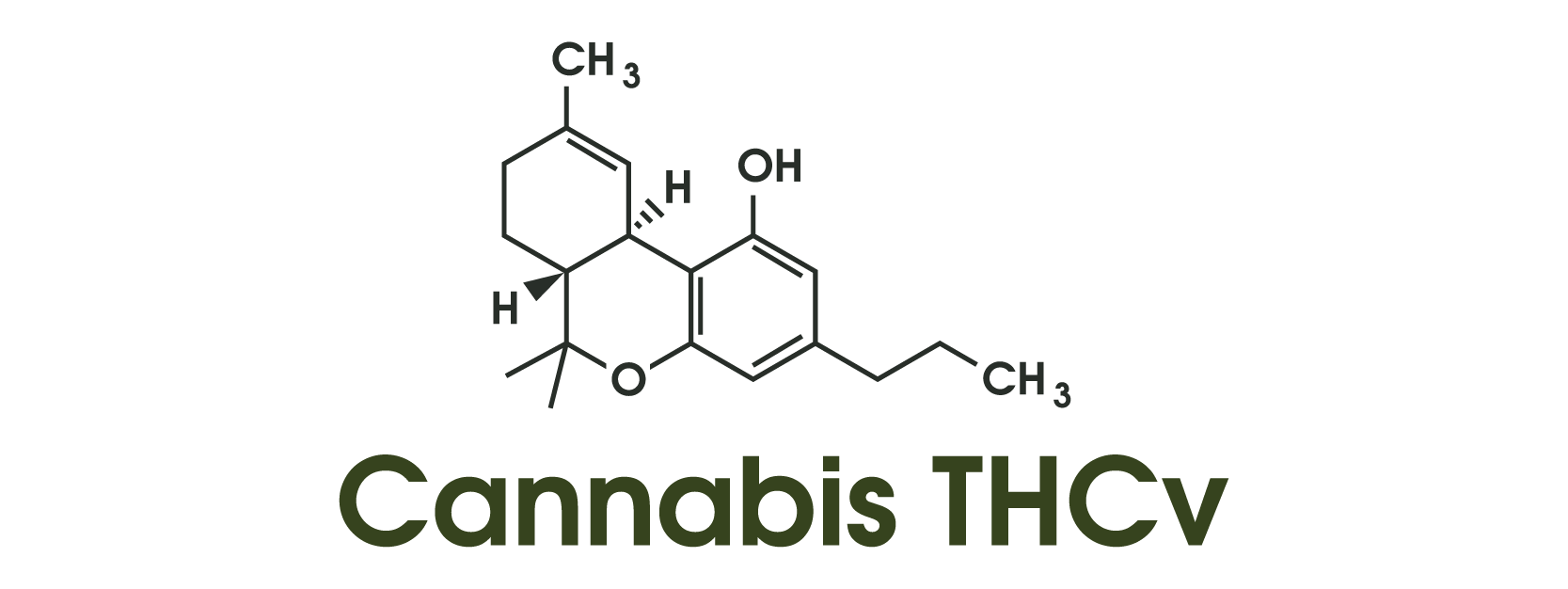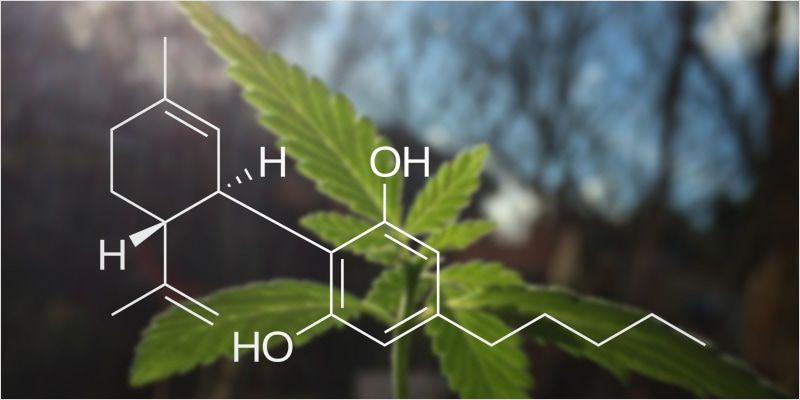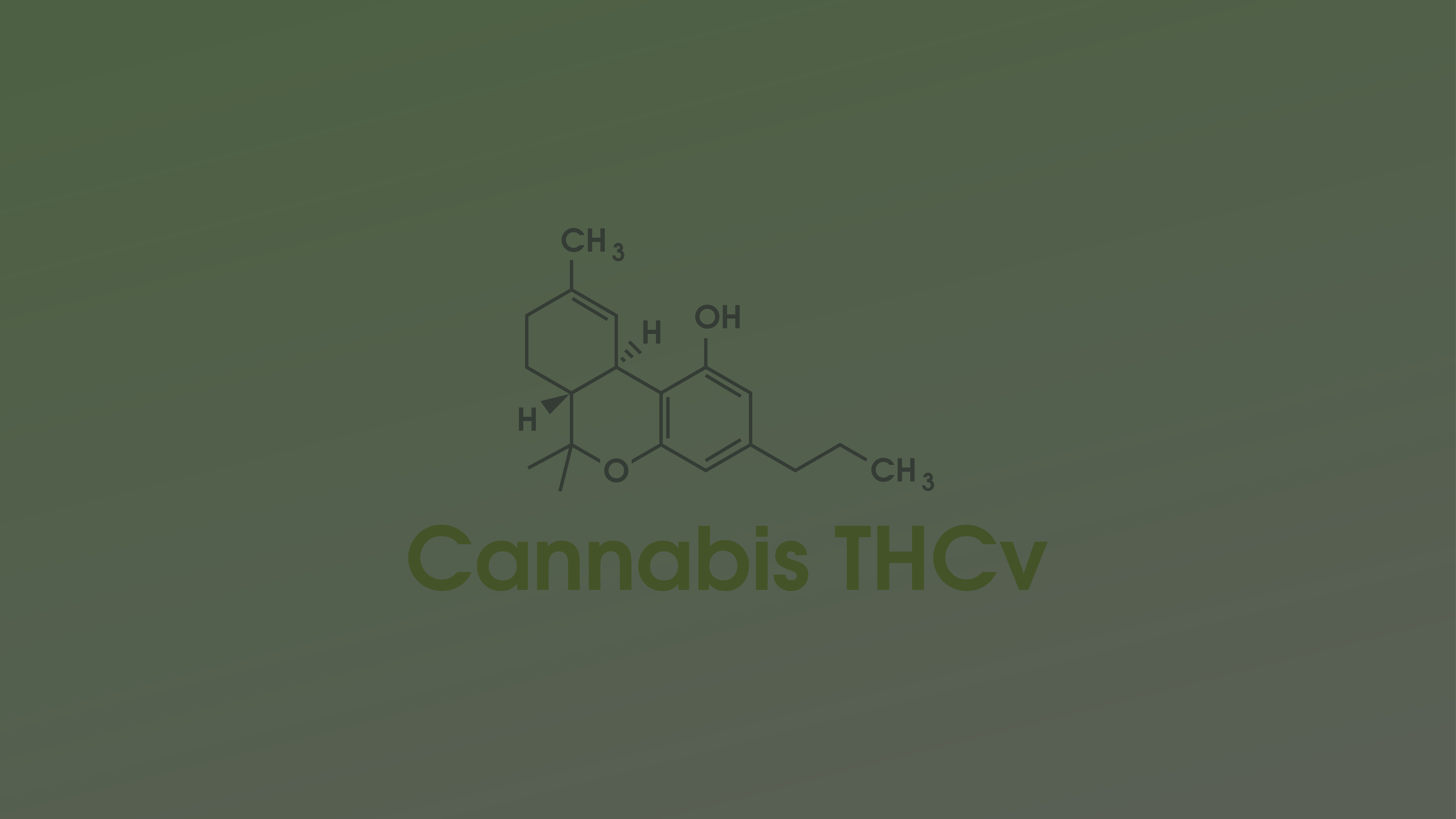The search for safer, more holistic alternatives to pharmaceuticals has fueled growing interest in cannabis-based medicine. While most people are familiar with CBD and THC, research is increasingly pointing to the benefits of lesser-known cannabinoids like THCV and CBG. When combined, these compounds may unlock a powerful therapeutic synergy—raising the question whether multi-cannabinoid therapy could stand in for traditional prescriptions in the future.
A Shift Away from the One-Drug Approach
Modern medicine often takes a “single bullet” approach: one drug for one symptom. This strategy can be effective, but it also comes with side effects, dependency risks, and sometimes limited long-term relief. Multi-cannabinoid therapy offers something different. By targeting multiple pathways in the body through the endocannabinoid system, cannabinoids can work in harmony, potentially delivering broader and gentler results than pharmaceuticals.
THCV: The Metabolic Regulator
THCV, or tetrahydrocannabivarin, is gaining attention for its role in metabolism and energy regulation. Unlike THC, it does not typically produce intoxication and is instead linked to appetite suppression and improved insulin sensitivity. Preliminary studies suggest THCV may hold promise for individuals with obesity, diabetes, and even neurological conditions. Its clear-headed, stimulating effect also makes it appealing for those who want functional relief without impairment.
CBD: The Therapeutic Anchor
CBD has become the backbone of cannabinoid wellness. Known for its calming, anti-inflammatory, and neuroprotective properties, CBD is already FDA-approved in the form of Epidiolex. Its ability to reduce anxiety, support sleep, and protect against seizures is well documented. In combination with THCV and CBG, CBD often acts as the balancing force, moderating potential overstimulation while reinforcing therapeutic effects.
CBG: The Wellness Catalyst
Often called the “stem cell” cannabinoid, CBG is the chemical precursor to many other cannabinoids. Although found in smaller quantities in the cannabis plant, its health potential is impressive. CBG demonstrates antibacterial properties, supports digestive health, and may play a role in slowing the progression of neurodegenerative diseases. Unlike THC, it provides mood enhancement without intoxication, making it a versatile candidate for therapeutic blends.
Replacement or Complement?
The big question remains: could THCV, CBD, and CBG replace pharmaceuticals? For now, the answer is “not yet.” Pharmaceuticals benefit from rigorous testing, established dosing, and insurance coverage. Cannabinoid therapy is still building its evidence base, with most findings coming from preclinical studies or small-scale trials. However, the potential is undeniable. Multi-cannabinoid therapy may excel in areas where pharmaceuticals fall short—especially in managing chronic pain, inflammatory conditions, anxiety, or metabolic dysfunctions.
Looking Ahead
The road forward will require deeper clinical research, regulatory approval, and standardized formulations. Instead of replacing pharmaceuticals outright, cannabinoids may first serve as complementary options, reducing reliance on harsher drugs or mitigating their side effects. As the science grows, multi-cannabinoid blends could eventually carve out a place as mainstream medicine, offering patients a gentler, plant-based path to healing.
Closing Thought
THCV, CBD, and CBG are more than just chemical compounds—they represent a shift toward integrative medicine that values balance over brute force. While the idea of replacing pharmaceuticals outright may still be distant, these cannabinoids are already rewriting the playbook on how we think about health, wellness, and the future of therapy.


